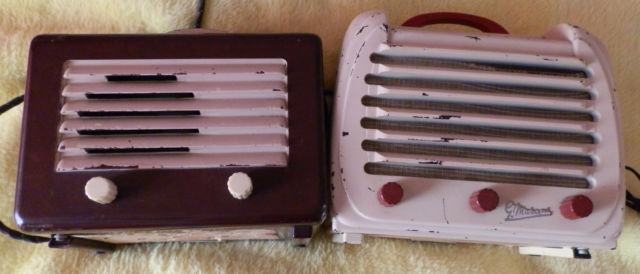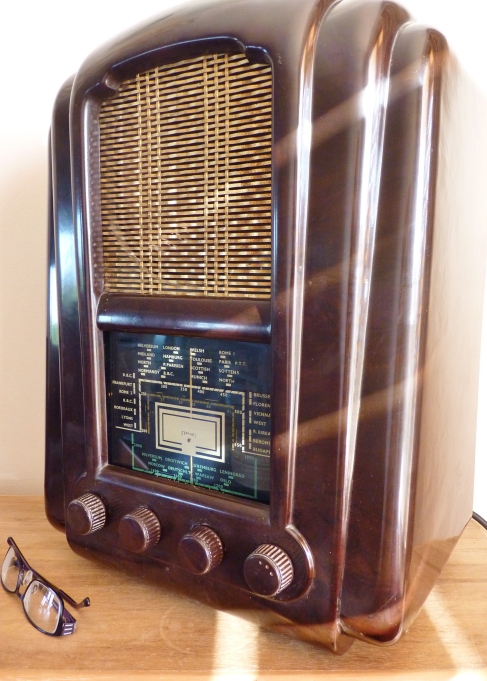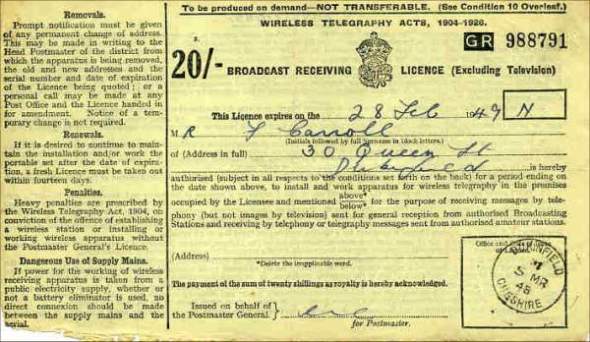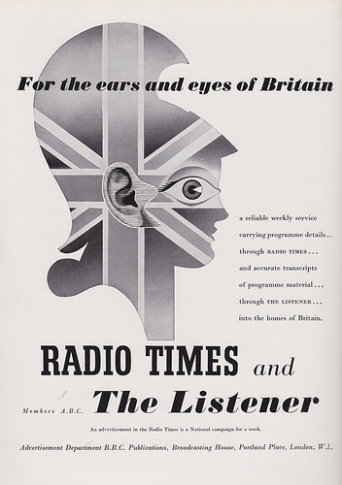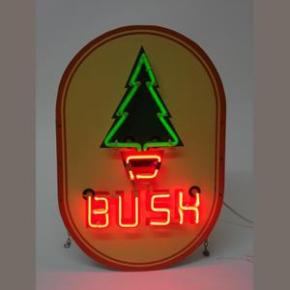Let me introduce you to our latest restoration project, a vintage midget valve radio made by ULTRA in 1947. Truly lovely to look at … even better to hear.
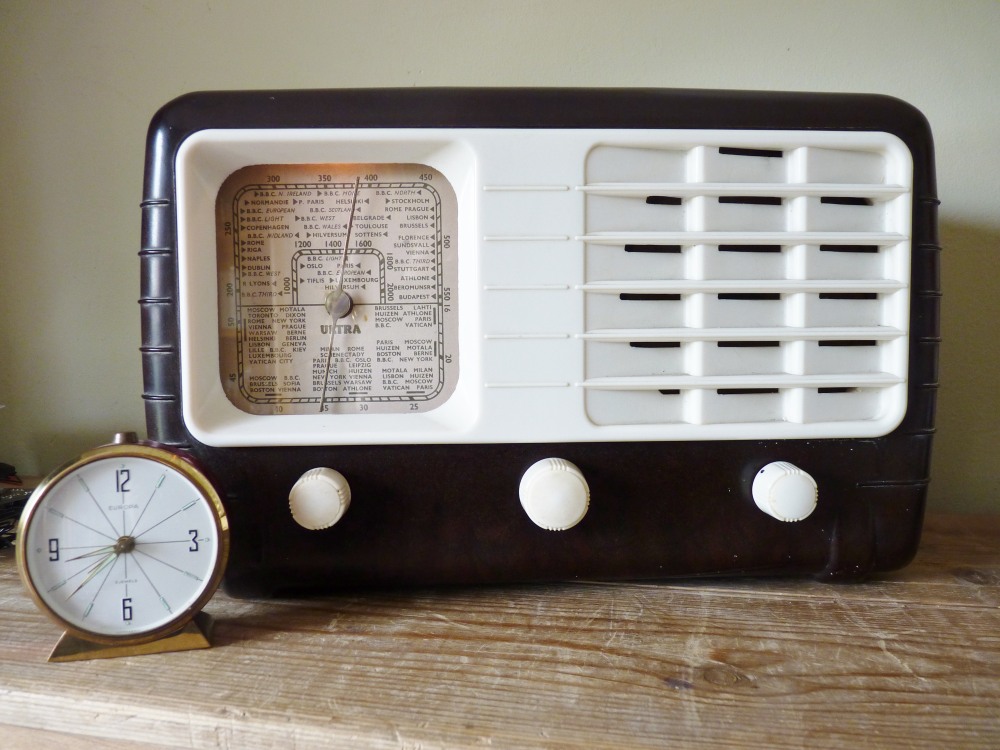
The ULTRA company was set up by Edward (Teddy) E. Rosen who was born in 1898, the son of Rachel and Samuel Rosen, who were Polish-Jewish immigrants to the East End of London.
Edward had an early connection to the world of Radio when he was thirteen he secured a job with Marconi. When World War One started, he lied about his age and joined the Royal Flying Corps servicing radios. After the war he set up a company making wide frequency response headphones, then horn loud speakers and finally taking on a new radio designer to design and make radios aimed at the middle market.
Ultra Electric Ltd became known for producing quality sets at a reasonable price. Their first mains receiver was built in 1931 and they continued manufacturing until interrupted by the Second World War when they moved over to the manufacture of the Civilian “Utility set” and provided components for Royal Air Force planes. In 1947 ULTRA returned to the commercial market and this ET415 hit the shops.
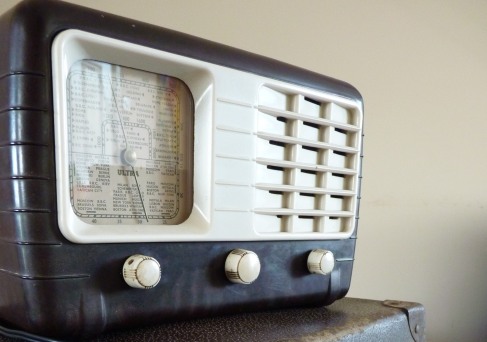
Sixty six years after its original manufacture, the brown bakelite case was in good condition, just dull and grubby.

Cleaned up and the electronics completely overhauled, the midget ULTRA was back in action.
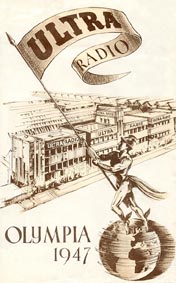
1947 Radio, Radiogram and TV catalogue from the first post-war Radio show Olympia, London
You too can be the happy owner of an ULTRA radio – there is a model to attract every taste – and, more important still, every taste is superbly met.
The original advertising information points out that a brochure “is not enough to fully appreciate the quality and technical superiority of ULTRA radios, but full information is readily available from any appointed ULTRA Dealer, who will be pleased to show you that all these radios are truly lovely to look at … and still better to hear”.
I suppose now that the ULTRA Dealers have long gone … that responsibility falls to us and we can confirm that they were absolutely right.

